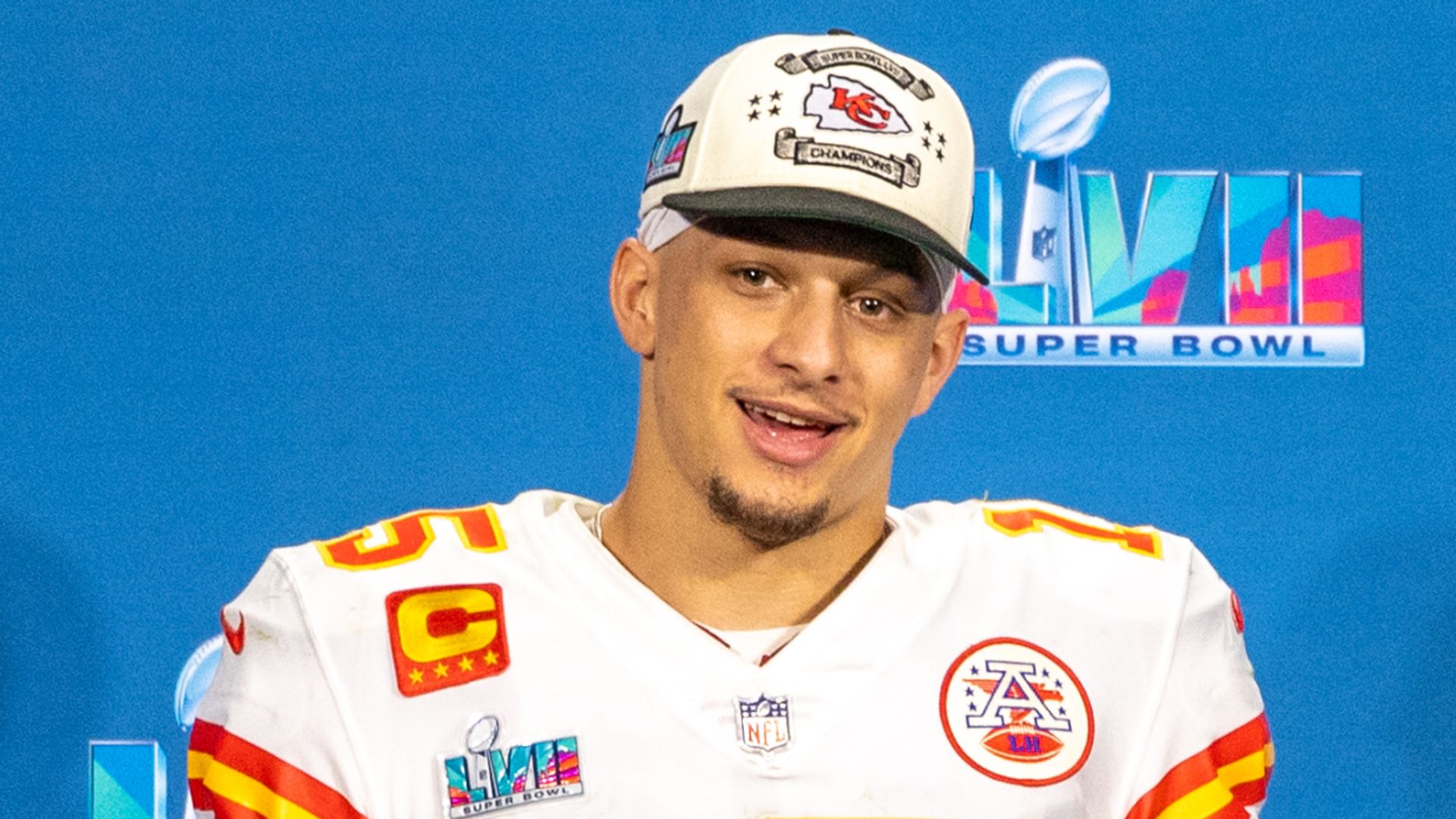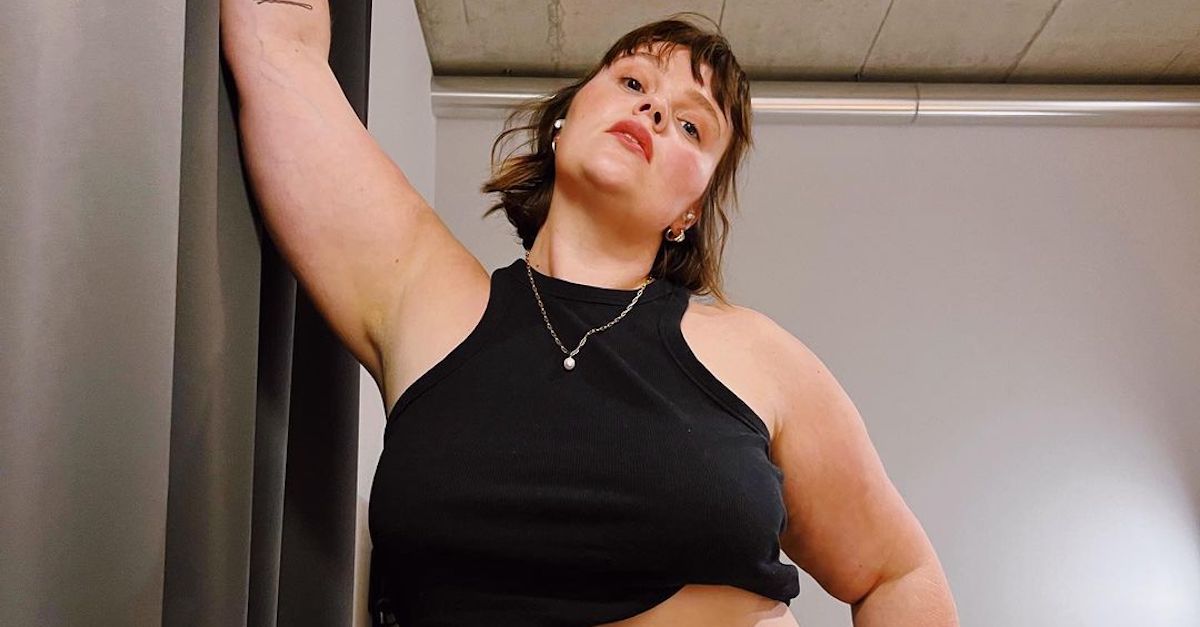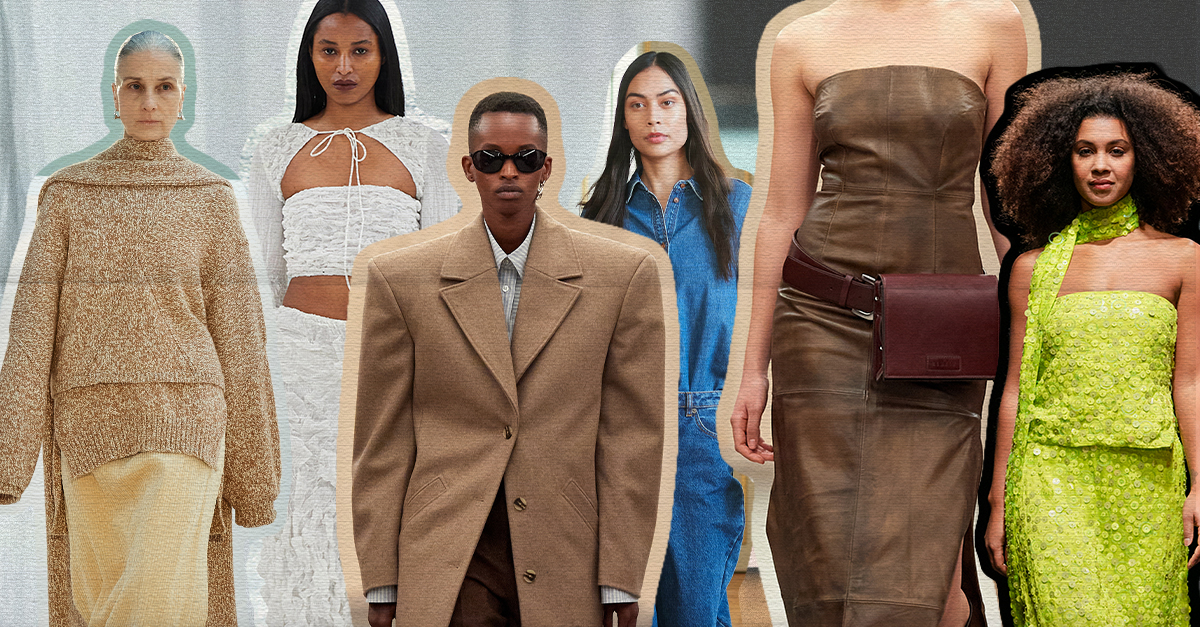Police Exposure ‘Detrimental’ to Black Youths’ Health: Study
Black youth in America experience “disproportionate contact with police” resulting in multiple negative health outcomes, including adverse mental health, substance abuse, and impaired safety, according to a meta-analysis of peer-reviewed research.

Black youth in America experience “disproportionate contact with police” even when accounting for criminal or delinquent behavior, which some experts are saying is fueled by “racism and discrimination,” according to a meta-analysis of peer-reviewed research reported by the Chicago Tribune.
The research, conducted by Dr. Monique Jindal, an assistant professor of clinical medicine from the University of Illinois Chicago, uncovered that police exposure up to the age of 26 was significantly associated with multiple negative health outcomes for Black youth — including adverse mental health, substance use, risky behaviors, and impaired safety.
“The impetus behind it was knowing that Black youth are experiencing disproportionate contact with police,” Jindal told Chicago Tribune reporters. “And really trying to understand what does that mean for them and, yes, death is the worst possible health outcome, but what lies in between and what might that mean for a child.”
The 29 studies of existing research analyzed for this meta-analysis were peer-reviewed and published from 1980 to December of 2020, with a 19,954 participant population of black youth focusing on police exposure, and health as the researched outcome. The analysts combed through the data, and synthesized for significance across different quantitative and qualitative data.
“We started in 1980 because that was when community policing, even though it was instituted a little bit earlier, became pretty universal,” Jindal further explained. “We were looking at quantitative and qualitative studies to give voice to these experiences … to really understand what those encounters look like.”
The range of police contact studied ranged from completely benign and non-intrusive police contact, to getting a citation, to getting arrested, use of force, and an interaction related to mental or physical health and safety.
A deeper look at the qualitative information uncovered from the meta-analysis paints a vivid picture of anxiety-inducing police encounters for many Black youth.
‘Worry, Stress, and Anxiety’
While visiting his father in Skokie, IL, Marques Watts, now an 18-years-old community activist, remembers his first police encounter when he was just 13 and in eighth grade. Watts was walking to a local Dunkin’ Donuts while wearing headphones listening to music to get morning coffee.
While on his walk, a white police officer flipped his lights on and pulled over to stop him, Watts shared with Chicago Tribune reporters.
“He asked me where I was going, to empty my pockets … I had my hands in my pockets,” Watts said. “I believe it was a two- or three-minute talk, but it felt like a lifetime because of my feeling anxious and scared.”
Watts went on to share how he was afraid of making “wrong moves” because as a middle-schooler, he didn’t know how to interact with the police. He also shared that he thought this type of police stopping was something that everyone experiences, but felt off because he knew he wasn’t doing anything wrong.
This type of anxiety is a feeling that can manifest and linger for many years to come, Jindal’s study found.
One quote from a Black individual interviewed about their experience police encounters said they’re afraid to drive every single day, because they worry that they could just be sitting in the car but that their life would be in danger because of the police.
Another person interviewed shared an experience about sitting at a bus stop waiting to catch a public transit bus to school, and a police officer stopped by to ask questions.
They recounted that the police asked, “Have you seen this person?” and “Have you seen anybody selling drugs?” to which they replied, “Dude, I’m just standing on the bus stop, I don’t, I don’t know anybody over here.”
Overall, some of the most pervasive and overarching feelings that stick with the youth following these encounters were “fear for life or hopelessness.” This quantitative evidence points to additional negative health outcomes such as anxiety and depression.
“These experiences are often normalized by the youth that are experiencing it every single day,” Jindal said.
To help make communities safer and improve the youth’s overall well-being, Watts, now a youth leader of Communities United, a survivor-led, grassroots, intergenerational, racial justice organization, is working to create a “holistic mental health plan for youth, and community healing.”
Watts and Communities United is working to provide mental health resources inside communities or inside schools to help Blak youth feel more comfortable and get the help they need to feel safe in their neighborhoods.
Jindal, who teaches a curriculum on racial bias, says that much of this work must be discussed with law enforcement and that the research be talked about broadly.
“There are a lot of beliefs and behaviors that we all have, that we have to be willing to interrogate,” Jindal said, noting that “If we can first agree on that, then we can build the body of research that is actually looking at interventions and determine what is most useful,”
Jindal concluded, “Hopefully, seeing this and seeing that there is a body of work around this, we can get funders to take proposals that are going the next step to look at interventions, seriously.”
The full study can be accessed here.
Andrea Cipriano is a TCR staff writer.

 Landwebs
Landwebs 




















